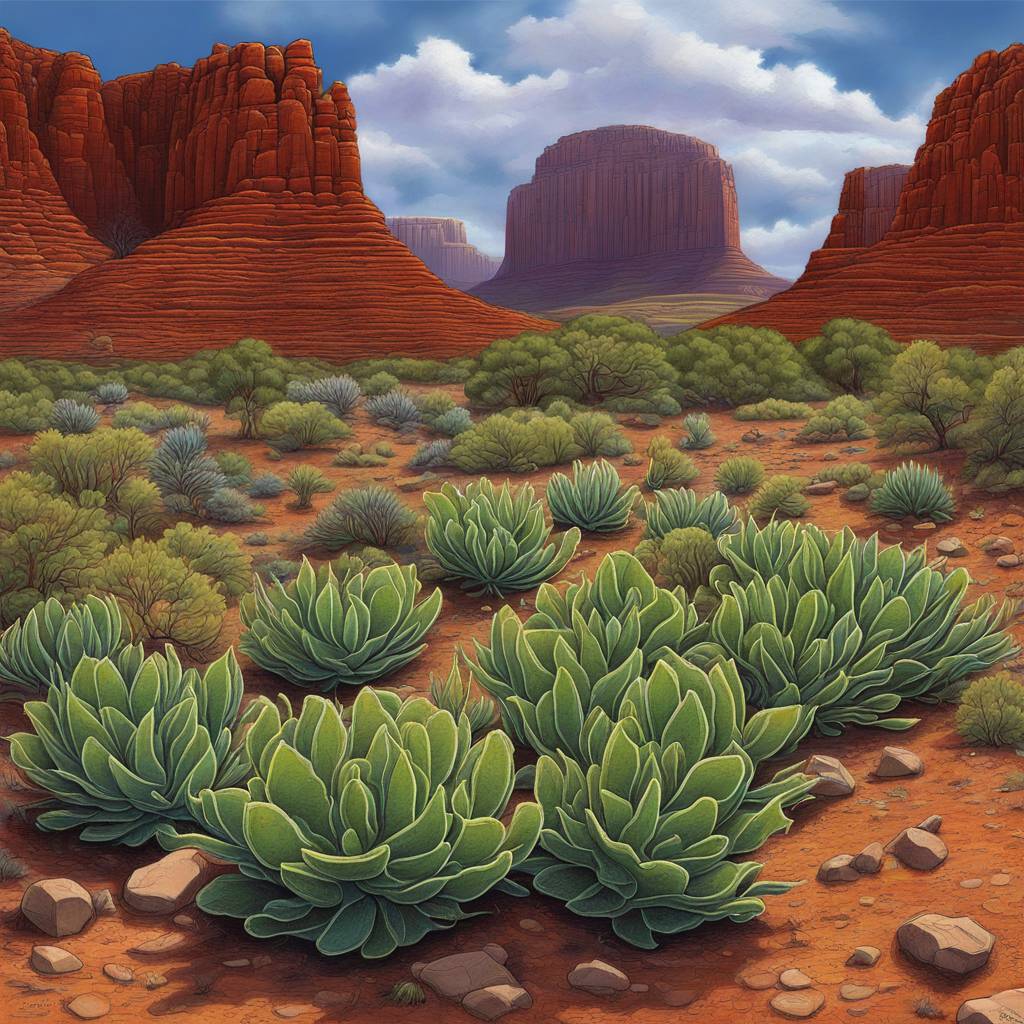Stinknet, an invasive plant also known as globe chamomile, has caused the temporary closure of a picnic area at Casa Grande Ruins National Monument in Arizona due to its unpleasant smell and potential health hazards. This plant first appeared in Arizona in 1997 and has since spread throughout the Phoenix area and Pinal County along the Interstate 10 corridor. National monument staff have asked visitors to avoid walking near or stepping on the weed to prevent further spread in the park. Invasive plants like Stinknet can crowd out native vegetation and harm fragile ecosystems, posing a serious threat to the Sonoran Desert as well as creating a wildfire hazard in the summer months.
According to Arizona State Parks and Trails, Stinknet is classified as one of the top eight invasive weeds and grasses in the state. This aggressive plant, native to South Africa, displaces native vegetation and alters ecosystems as it rapidly spreads across the desert landscape. Homeowners are urged to carefully remove and bag the weeds before they produce flowers containing hundreds of seeds to prevent further spread. Stinknet is also established in parts of Southern California, northern Mexico, and was reported growing in southern Nevada in 2018, according to the University of California Statewide Integrated Pest Management System.
The presence of Stinknet in the picnic area at Casa Grande Ruins National Monument has prompted the closure of that section until a solution is found. The plant emits a strong turpentine-like odor when crushed, which can cause respiratory or allergic reactions, as reported by the University of Arizona. Stinknet’s spread in the southern regions of the United States poses a significant threat to native ecosystems and wildlife, as it competes with local vegetation for resources and disrupts the natural balance of the environment. Efforts to control and eradicate this invasive plant are crucial to preserving the biodiversity and ecological health of the Sonoran Desert.
Invasive plants like Stinknet can have detrimental effects on ecosystems by displacing native species and altering landscapes. The rapid spread of this aggressive weed across the desert landscape in Arizona and neighboring states highlights the urgent need for effective management strategies to prevent further damage. The unpleasant odor and potential health risks associated with Stinknet make it a particularly problematic invasive species that requires immediate attention and action. By raising awareness about the impacts of invasive plants and encouraging public participation in removal efforts, conservation organizations and government agencies can work together to protect the natural habitats and biodiversity of the affected areas.
Arizona State Parks and Trails offers guidance to homeowners and visitors on how to identify and safely remove Stinknet to prevent its spread to other areas. By taking proactive measures to control the growth of invasive plants, individuals can play a crucial role in mitigating the impacts of these species on native ecosystems and wildlife. Public awareness campaigns and educational programs can also help inform the community about the importance of preserving natural habitats and preventing the spread of invasive species like Stinknet. Through collaborative efforts and coordinated actions, stakeholders can work together to address the challenges posed by invasive plants and protect the ecological integrity of fragile ecosystems in the region.













